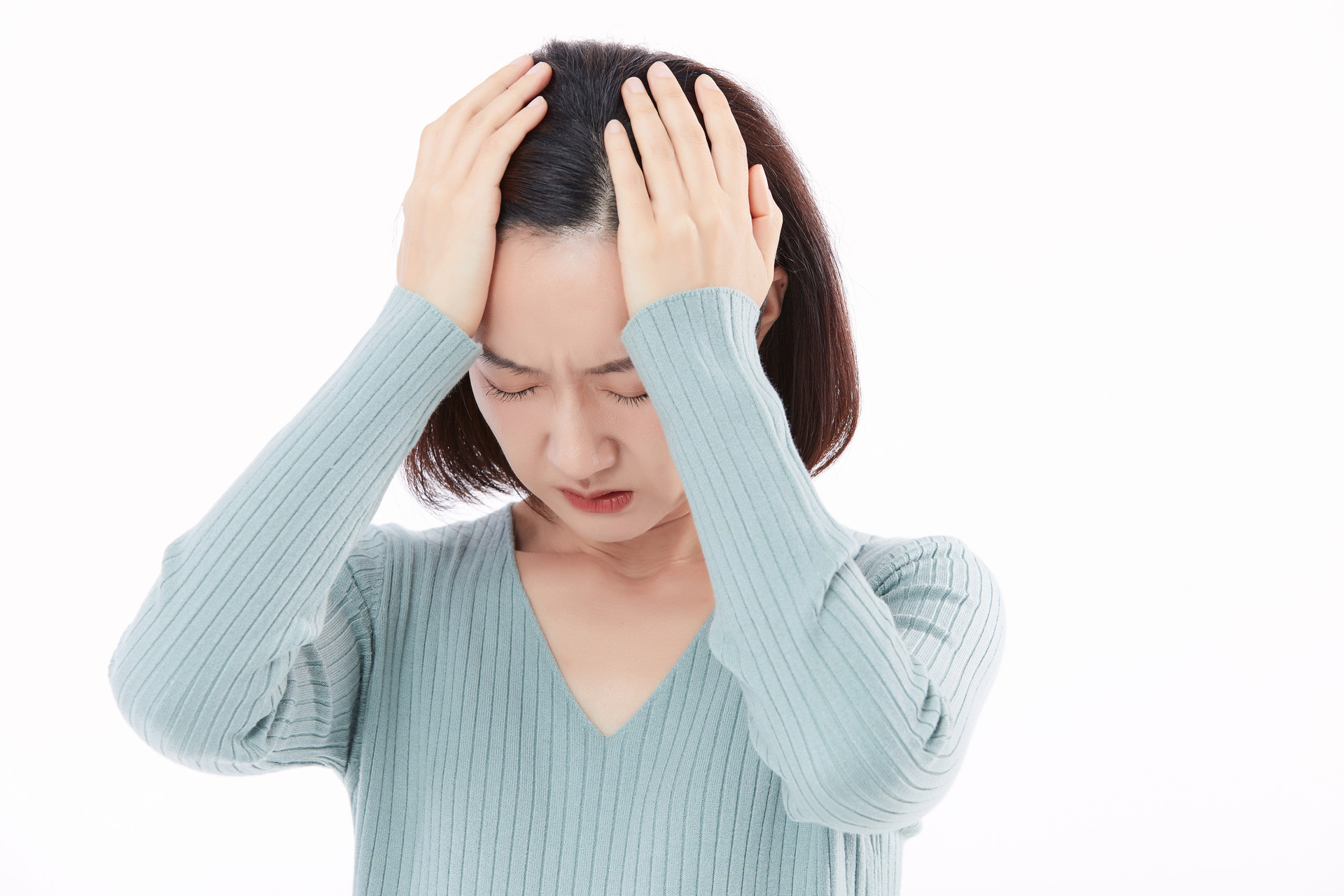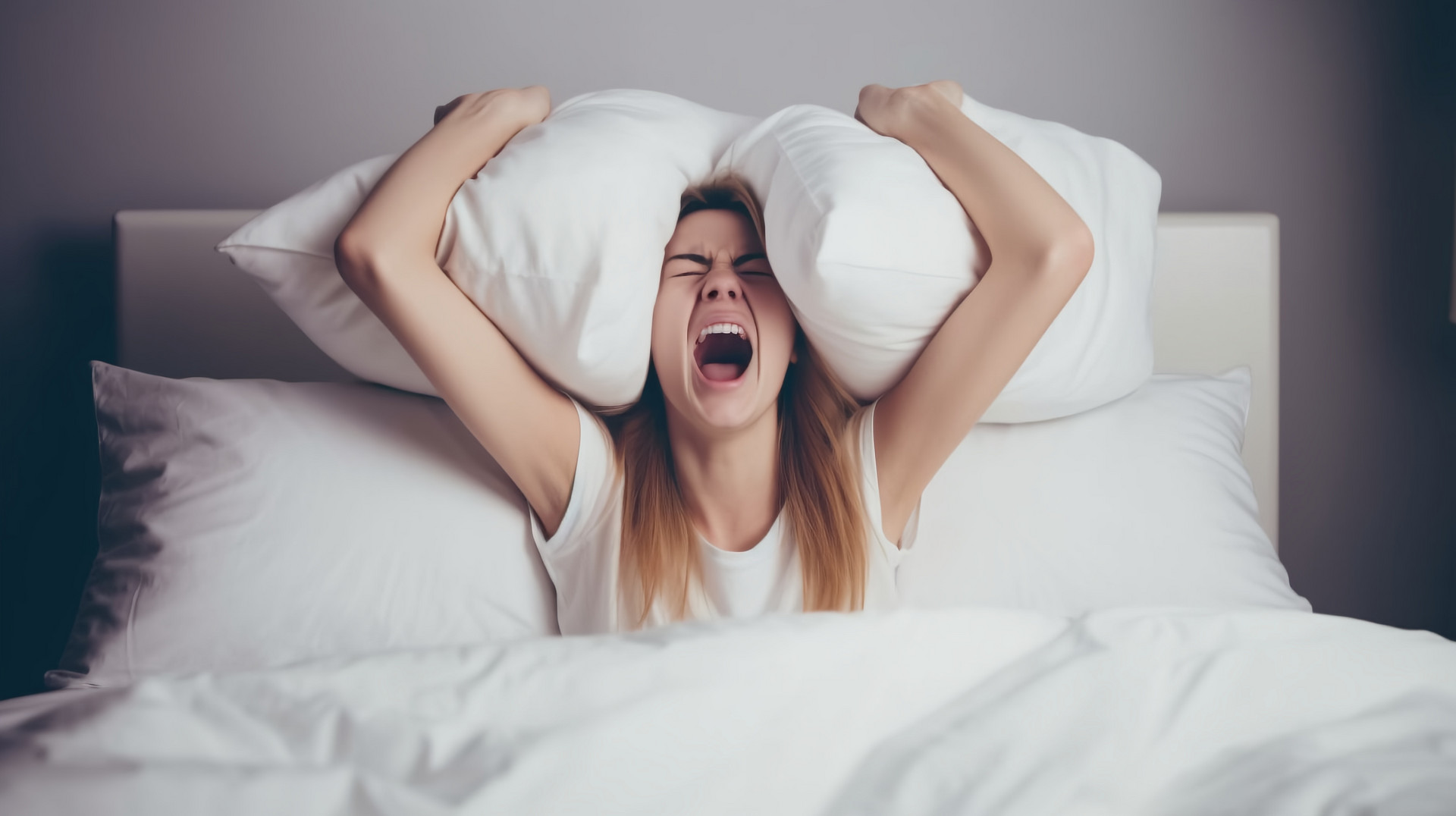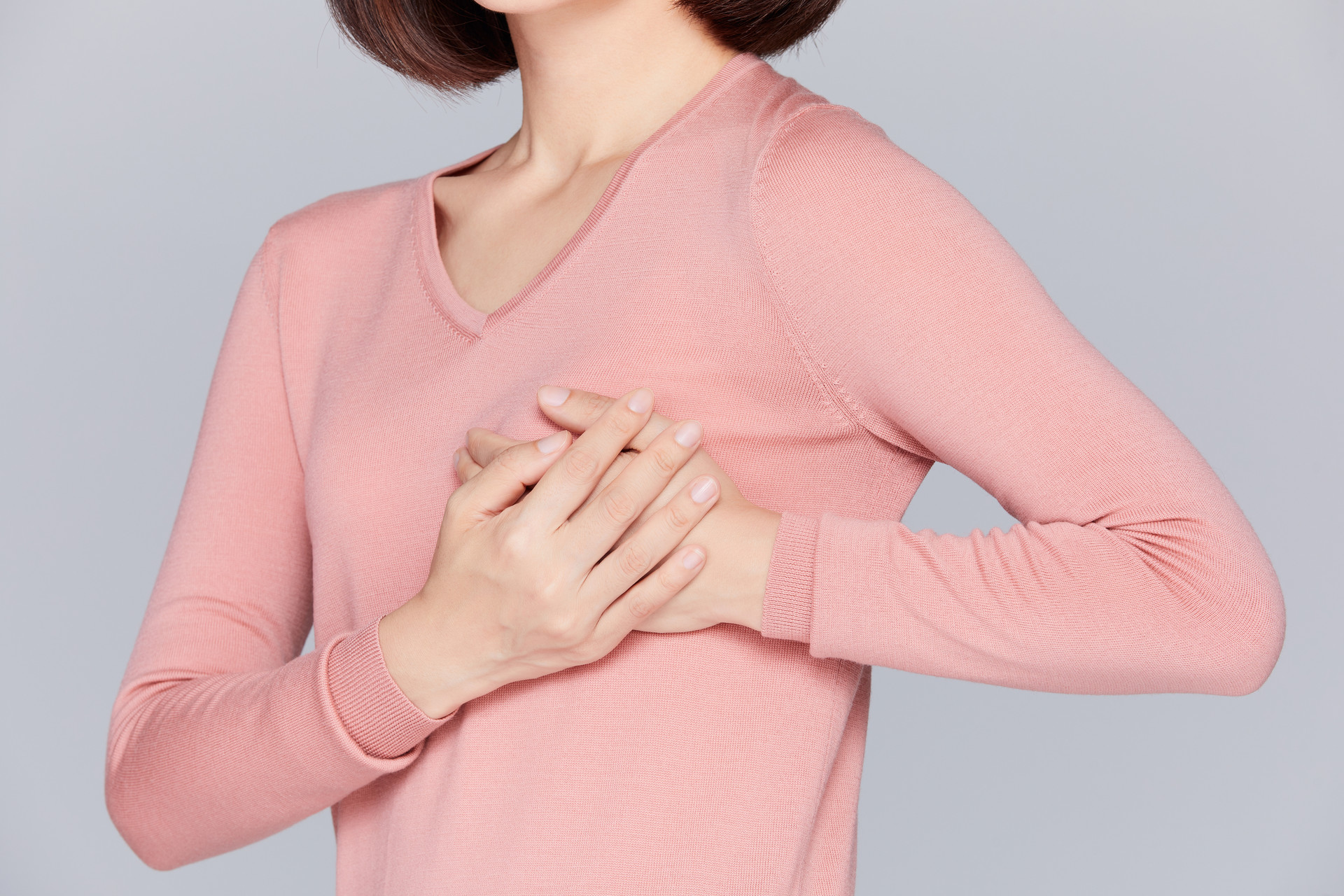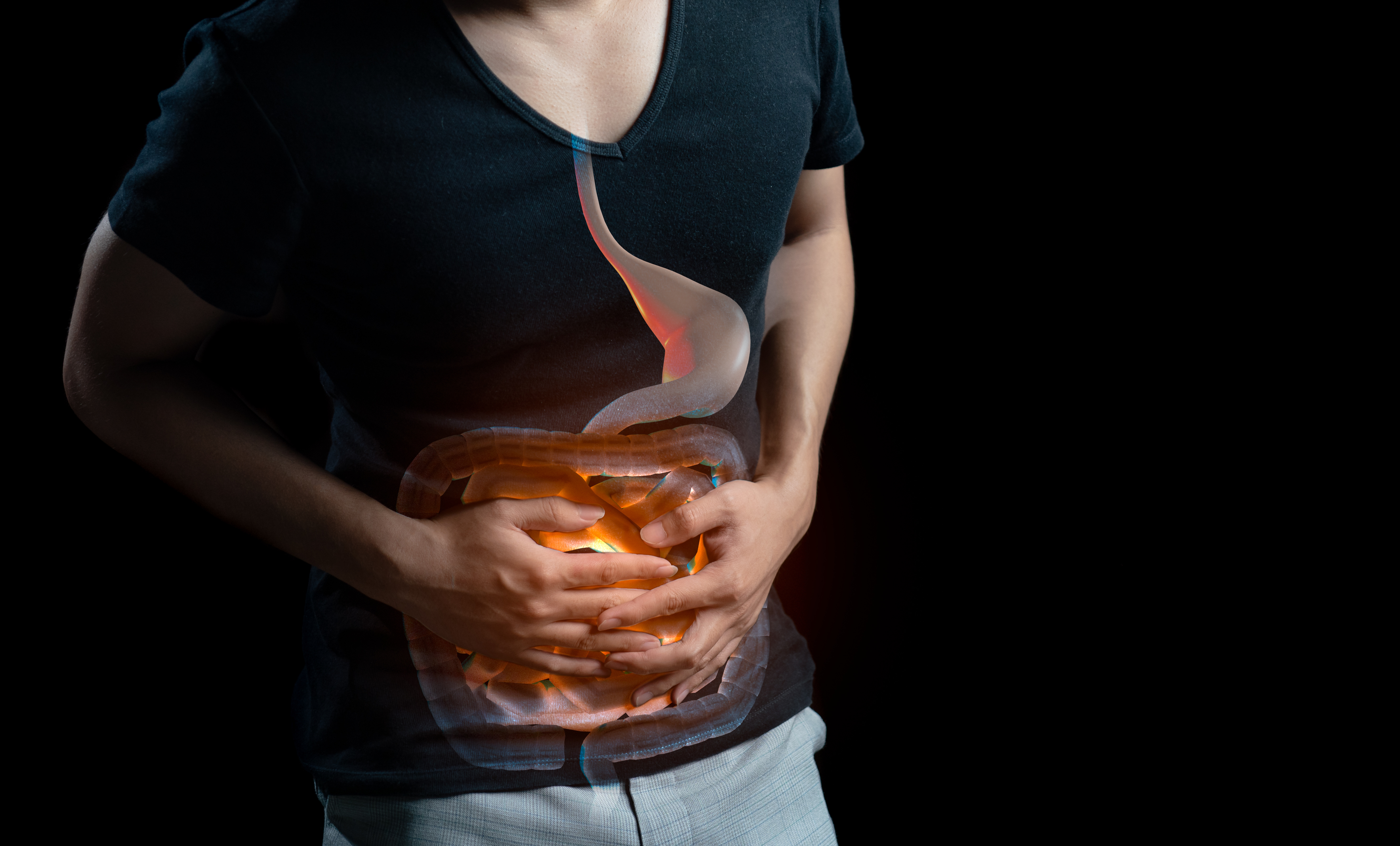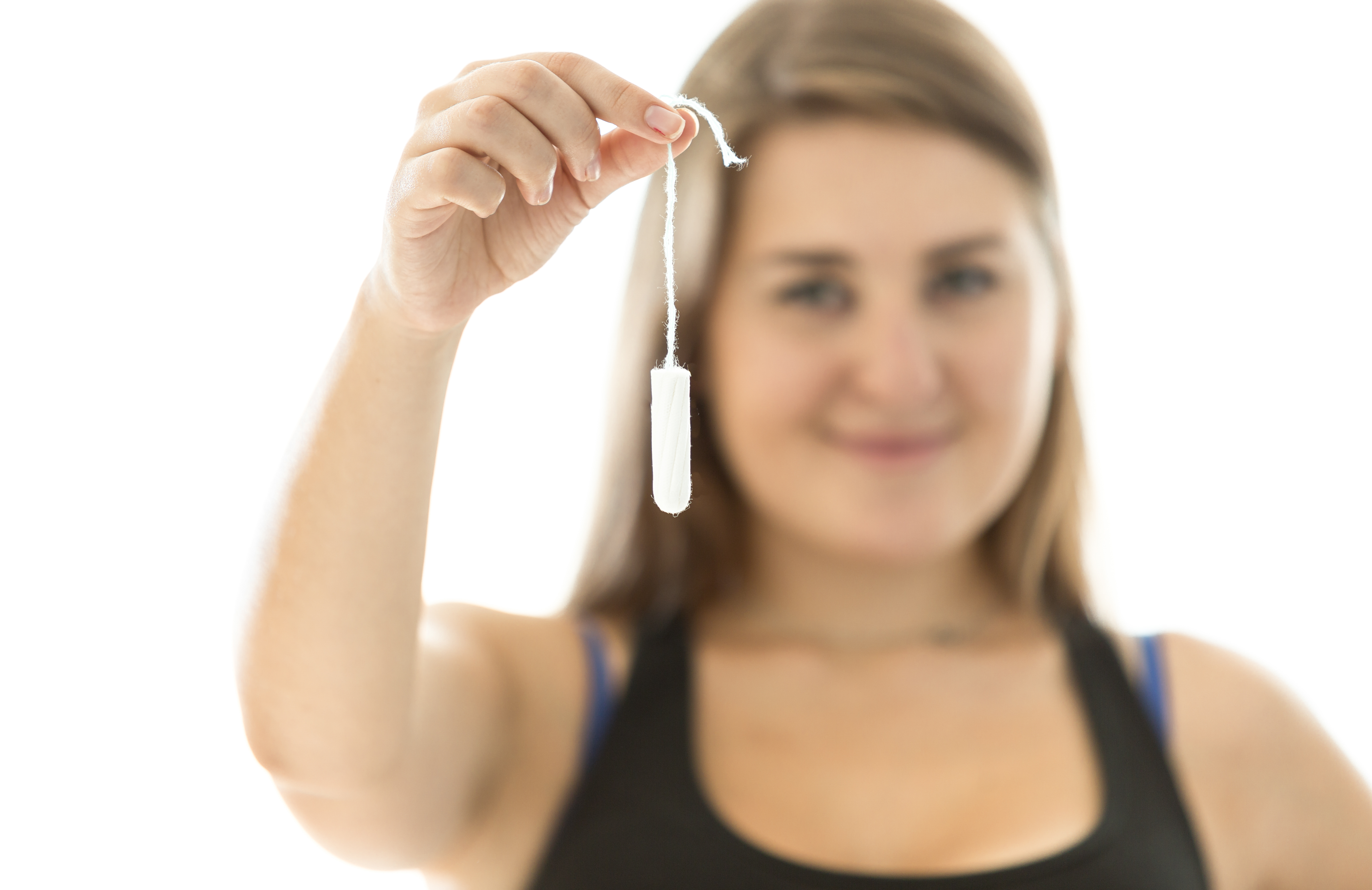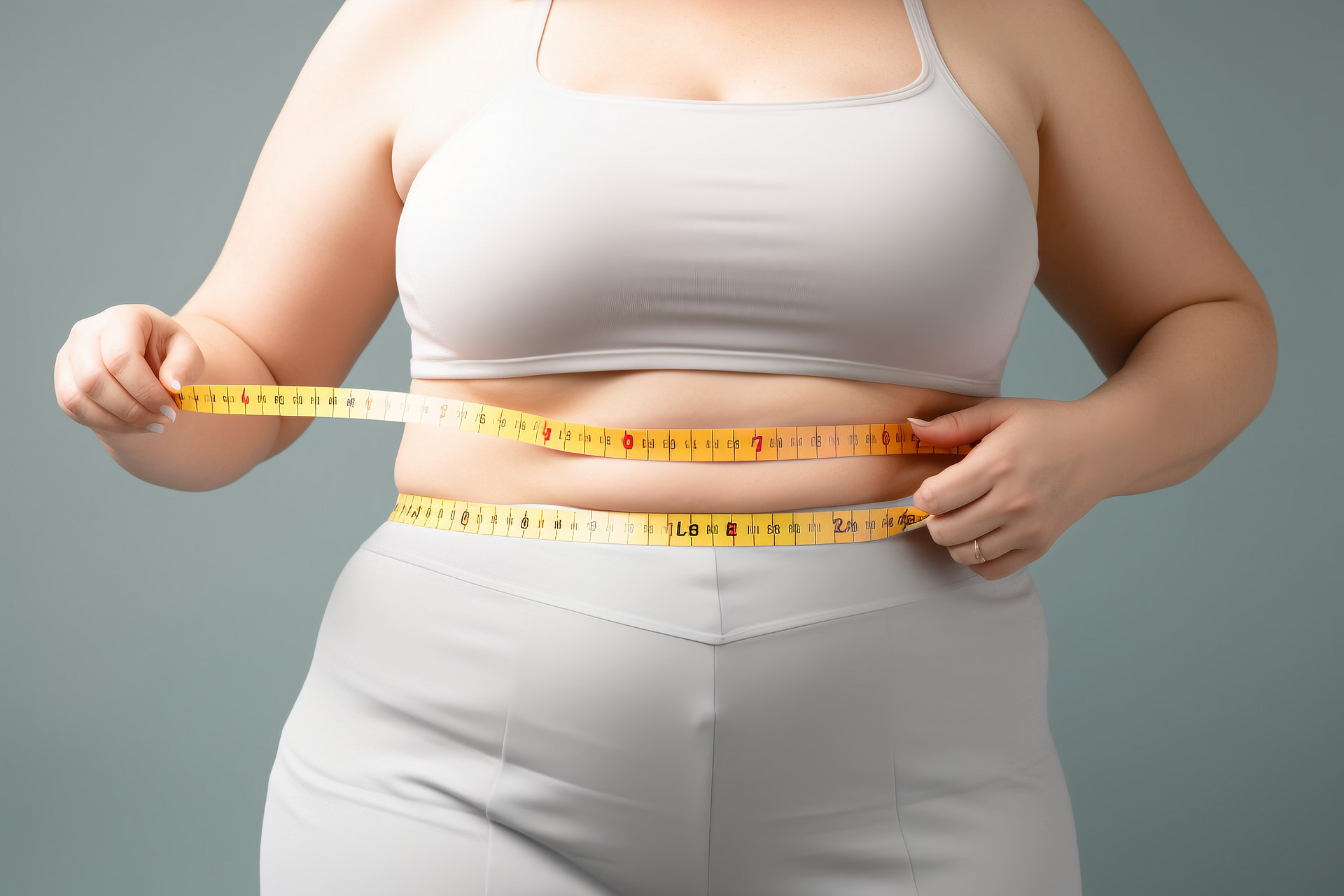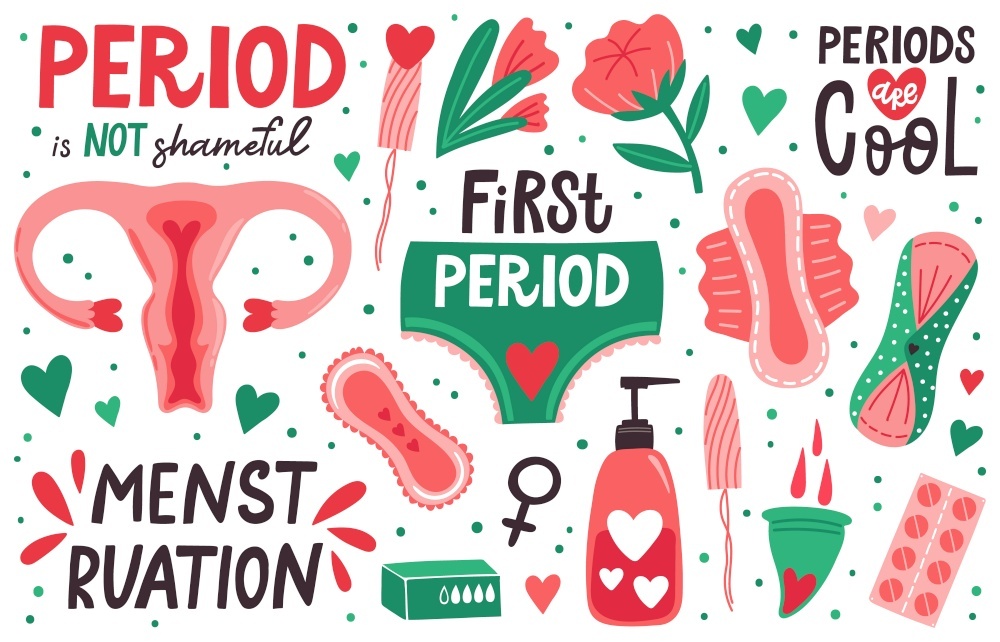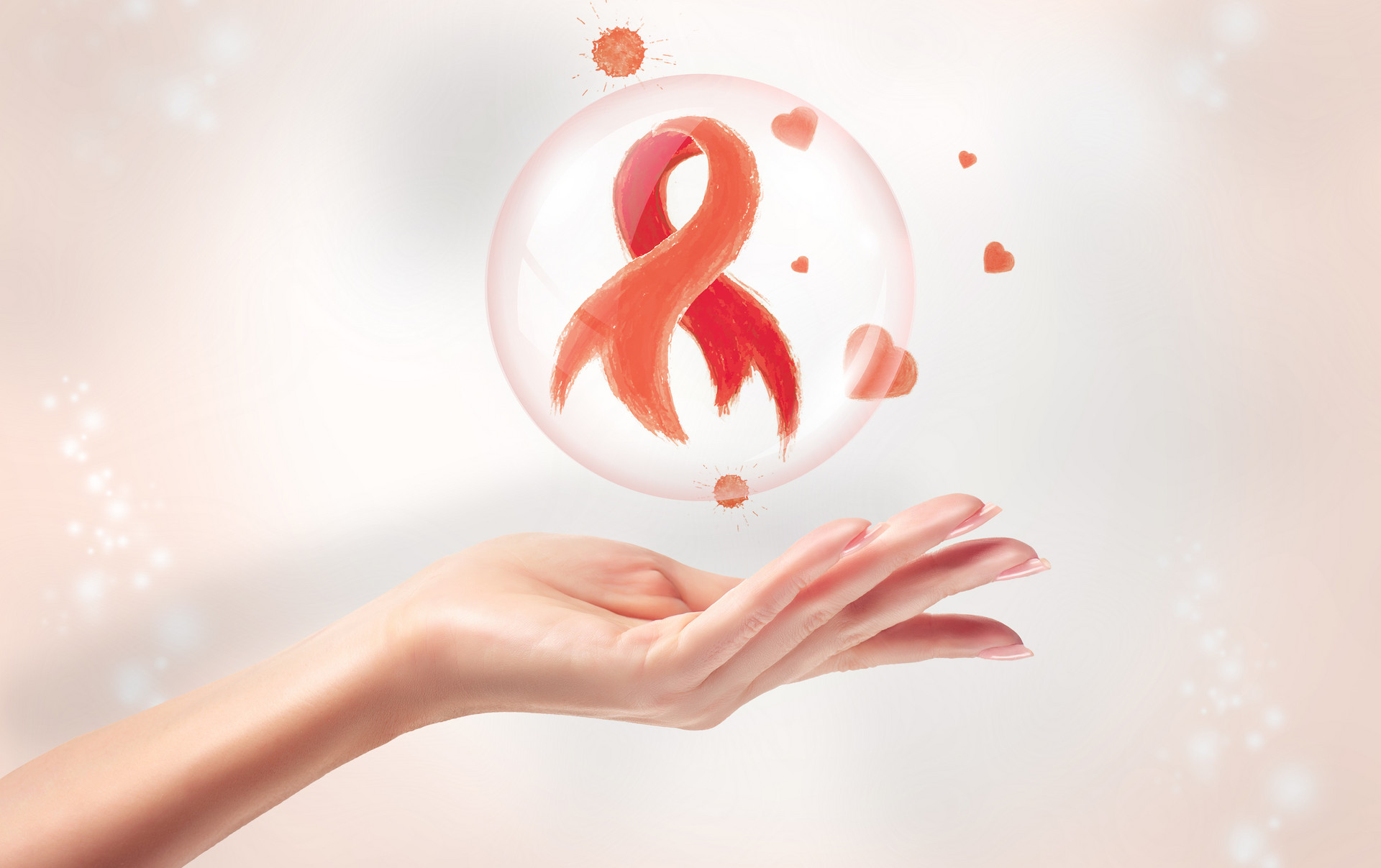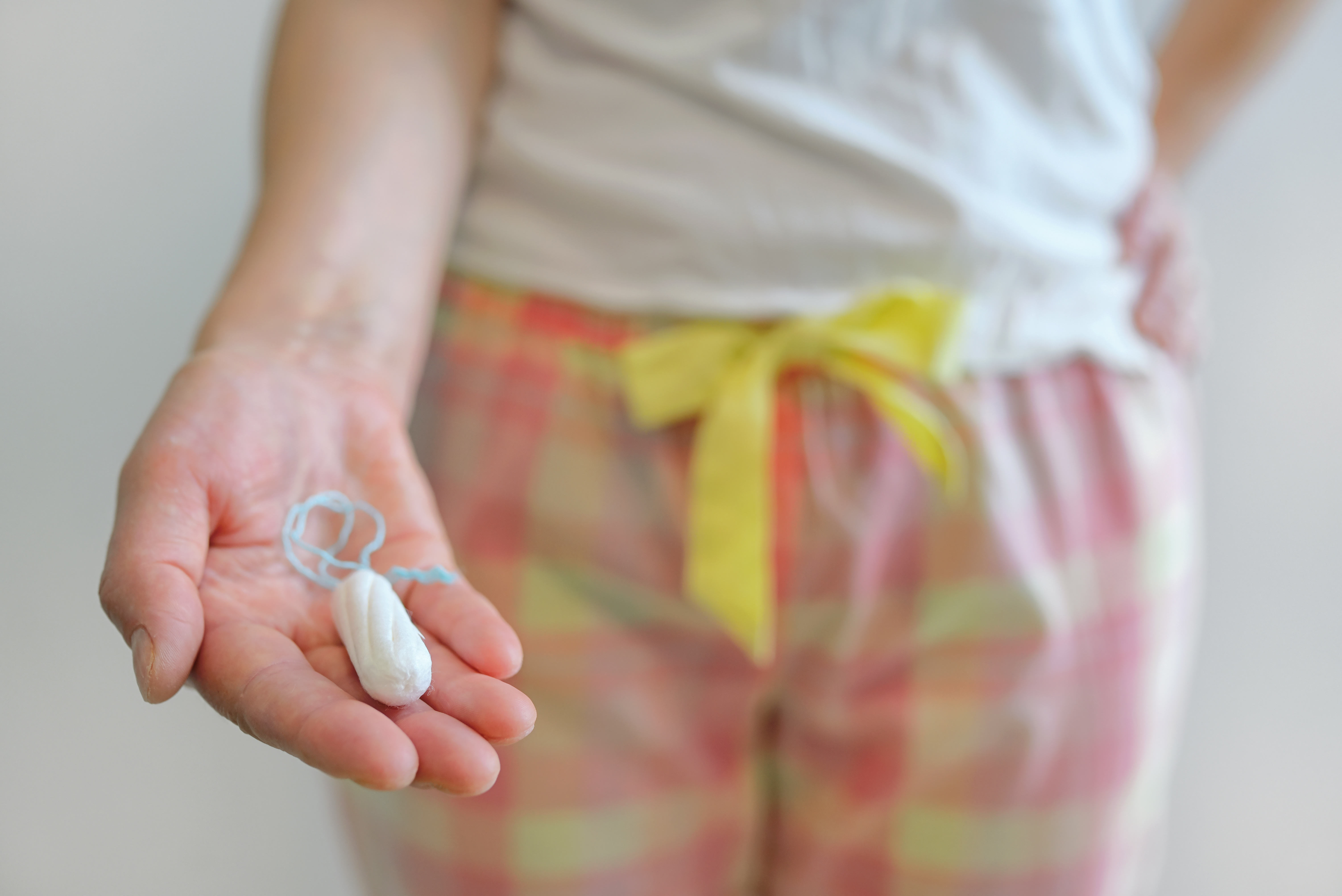Endometriosis often occurs in women aged 30-40, and the most common symptoms are dysmenorrhea and menstrual irregularities. In recent years, the proportion of women with endometriosis has increased, which should attract the attention of women. Let's take a look together with the editor.
Symptoms and Consequences of Endometriosis
1. Infertility: About 50% of patients with endometriosis have infertility. Infertility in patients with endometriosis is often caused by pelvic masses, adhesions, blocked fallopian tubes, poor follicle development, or ovulation disorders caused by the disease.
2. Dysmenorrhea: The clinical feature of endometriosis is progressive dysmenorrhea. Patients complain that they had no pain during menstruation in the past, but dysmenorrhea started at a certain period and can occur before, during, or after menstruation.
3. Menstrual irregularities: Patients with endometriosis often experience shortened menstrual cycles, increased menstrual flow, or prolonged menstrual periods, indicating ovarian dysfunction. Menstrual irregularities can be used as a diagnostic reference, but have no value in differential diagnosis.
4. Pain during sexual intercourse: When endometrial nodules exist in the vaginal vault, rectovaginal septum, or adhesions, or when the ovaries adhere to the pelvic floor, pain during sexual intercourse may occur.
Treatment Methods for Endometriosis
1. Reduce caffeine intake: Beverages such as soda, tea, and coffee containing caffeine seem to worsen the pain in some women. It is recommended that women avoid caffeine.
2. Supplement nutrients
① Vitamin E assists in hormone balance and strengthens immunity. Legumes contain a large amount of vitamin E. ② Vitamin B complex and pantothenic acid (B5), 100 mg three times a day. They can promote blood cell production and hormone balance. ③ Vitamin C and bioflavonoids, 2000 mg three times a day, help tissue healing. ④ Calcium and magnesium, 1500 mg and 1000 mg respectively, taken before bedtime, provide minerals.
3. Natural herbs such as Angelica sinensis, raspberry leaf, and Siberian ginseng are helpful for endometriosis.
4. Exercise to relieve pain: Exercise reduces the level of estrogen, which may slow down the growth of endometriosis. Exercise also promotes the production of endorphins, which are natural pain relievers. Engage in gentle exercise, such as walking, as excessive vibration can stretch healing and scar tissue.
5. Acupressure: You can use acupressure to relieve pain. There are two acupoints: Sanyinjiao acupoint, located about 5 cm above the ankle bone on the inner side of the leg, and Hegu acupoint, located at the bottom of the "v" formed by the thumb and index finger. It is important to apply enough pressure to achieve results.


